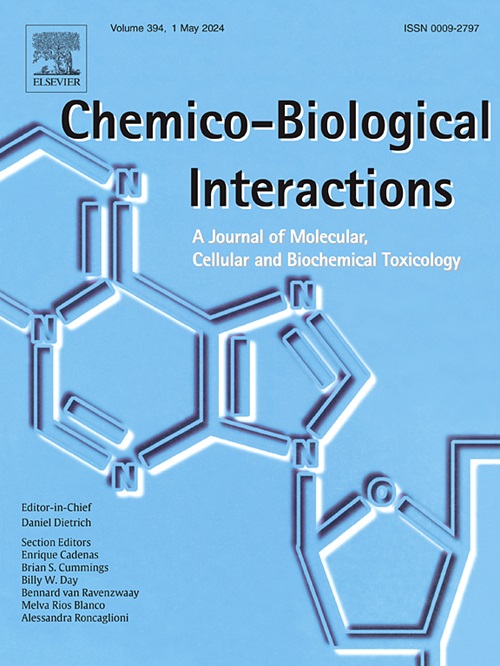Impact of cuproptosis in gliomas pathogenesis with targeting options
IF 4.7
2区 医学
Q1 BIOCHEMISTRY & MOLECULAR BIOLOGY
引用次数: 0
Abstract
Gliomas constitute the most prevalent primary central nervous system tumors, often characterized by complex metabolic profile, genomic instability, and aggressiveness, leading to frequent relapse and high mortality rates. Traditional treatments are commonly ineffective because of gliomas increased heterogeneity, invasive characteristics and resistance to chemotherapy. Among several pathways affecting cellular homeostasis, cuproptosis has recently emerged as a novel type of programmed cell death, triggered by accumulation of copper ions. Although the precise molecular mechanisms of cuproptosis are not fully elucidated, there is evidence that copper ions can target mitochondrial lipoylated proteins, disrupting the tricarboxylic acid cycle and electron transport chain, thus leading to deregulated mitochondrial metabolism, protein aggregation and cell death. Of importance, altered expression of copper transporters and abnormally high intracellular copper levels have been observed in several cancer types, including gliomas, contributing to tumor growth and metastasis. Furthermore, a range of prognostic models incorporating cuproptosis-related genes and lncRNAs have been proposed and are currently under clinical validation. Drugs modulating cuproptosis or interfering with copper-binding proteins are under development, causing metabolic failure and cell death, thus offering potential new avenues for glioma diagnosis and therapy. In this article, we explore the role of copper metabolism in gliomas and the potential synergistic effects of cuproptosis-based treatments with current therapies, in effective targeting of tumor progression and chemoresistance.
求助全文
约1分钟内获得全文
求助全文
来源期刊
CiteScore
7.70
自引率
3.90%
发文量
410
审稿时长
36 days
期刊介绍:
Chemico-Biological Interactions publishes research reports and review articles that examine the molecular, cellular, and/or biochemical basis of toxicologically relevant outcomes. Special emphasis is placed on toxicological mechanisms associated with interactions between chemicals and biological systems. Outcomes may include all traditional endpoints caused by synthetic or naturally occurring chemicals, both in vivo and in vitro. Endpoints of interest include, but are not limited to carcinogenesis, mutagenesis, respiratory toxicology, neurotoxicology, reproductive and developmental toxicology, and immunotoxicology.

 求助内容:
求助内容: 应助结果提醒方式:
应助结果提醒方式:


